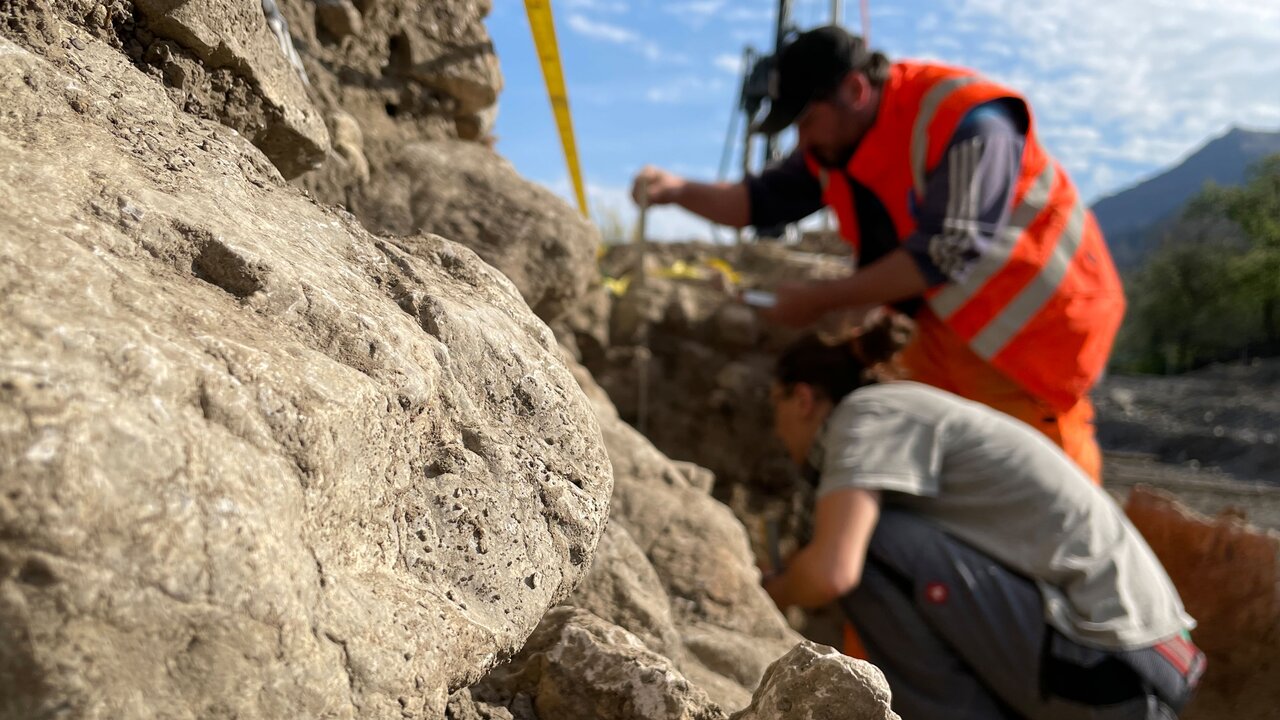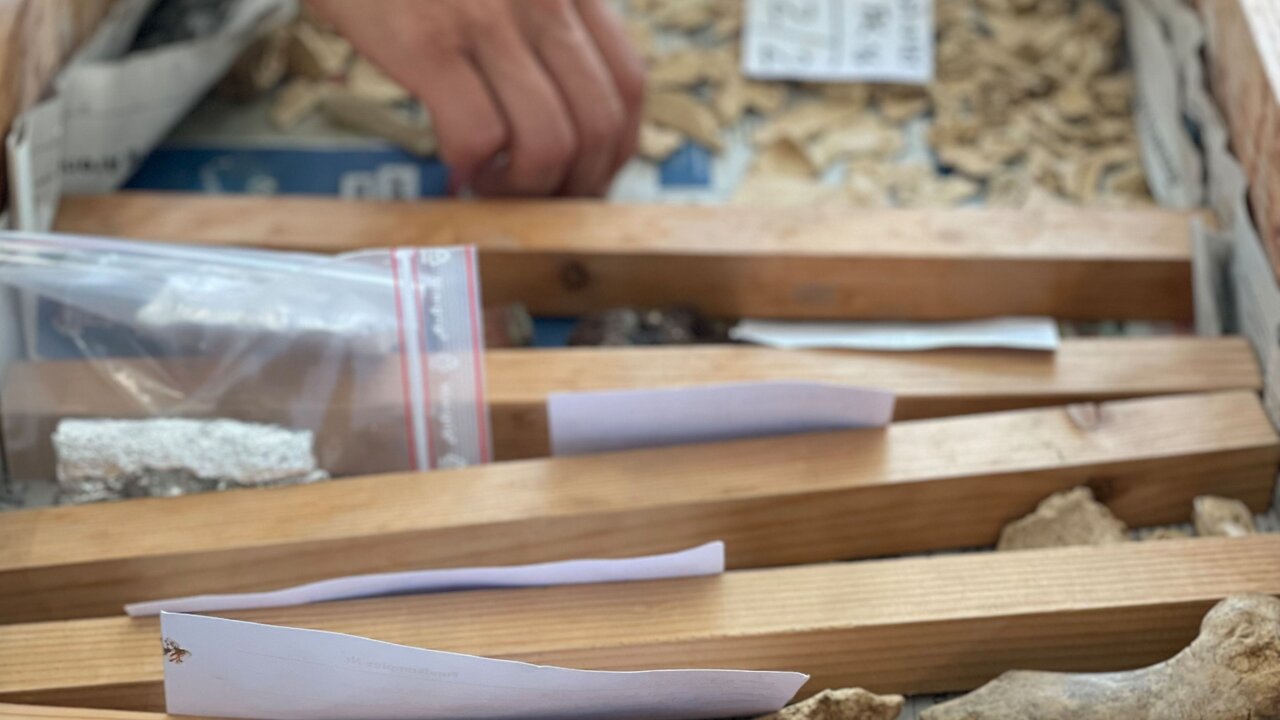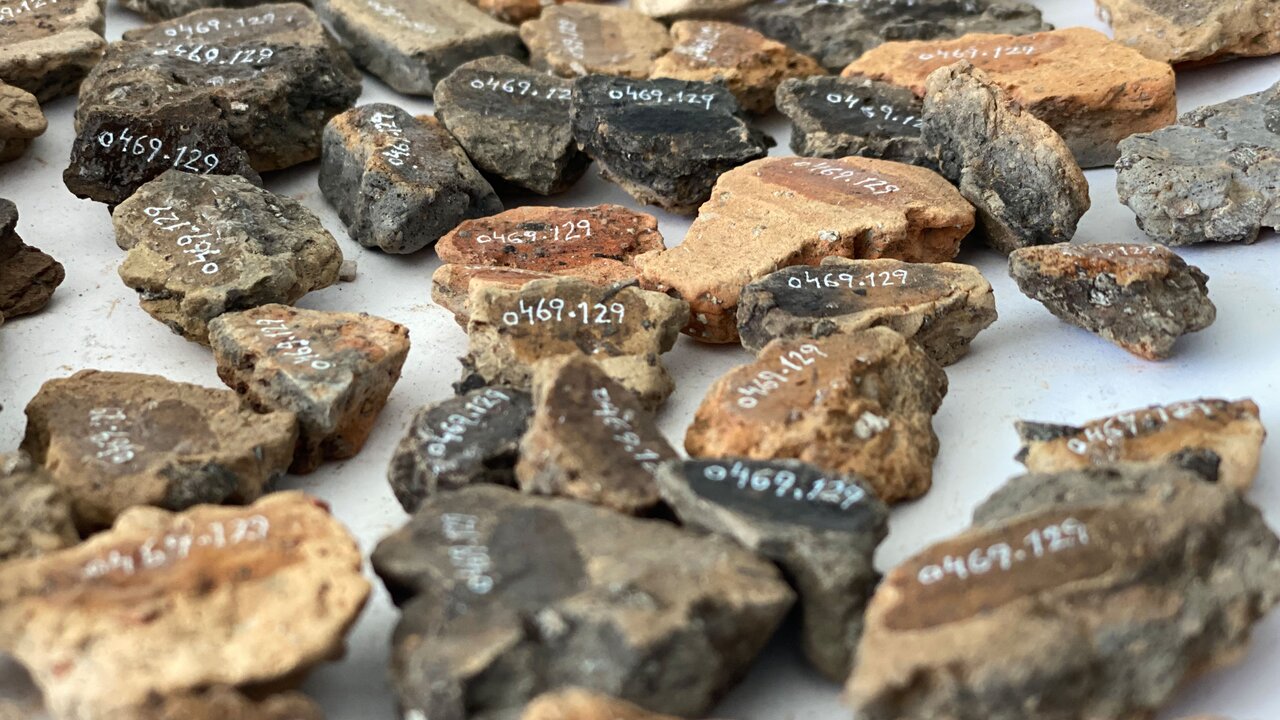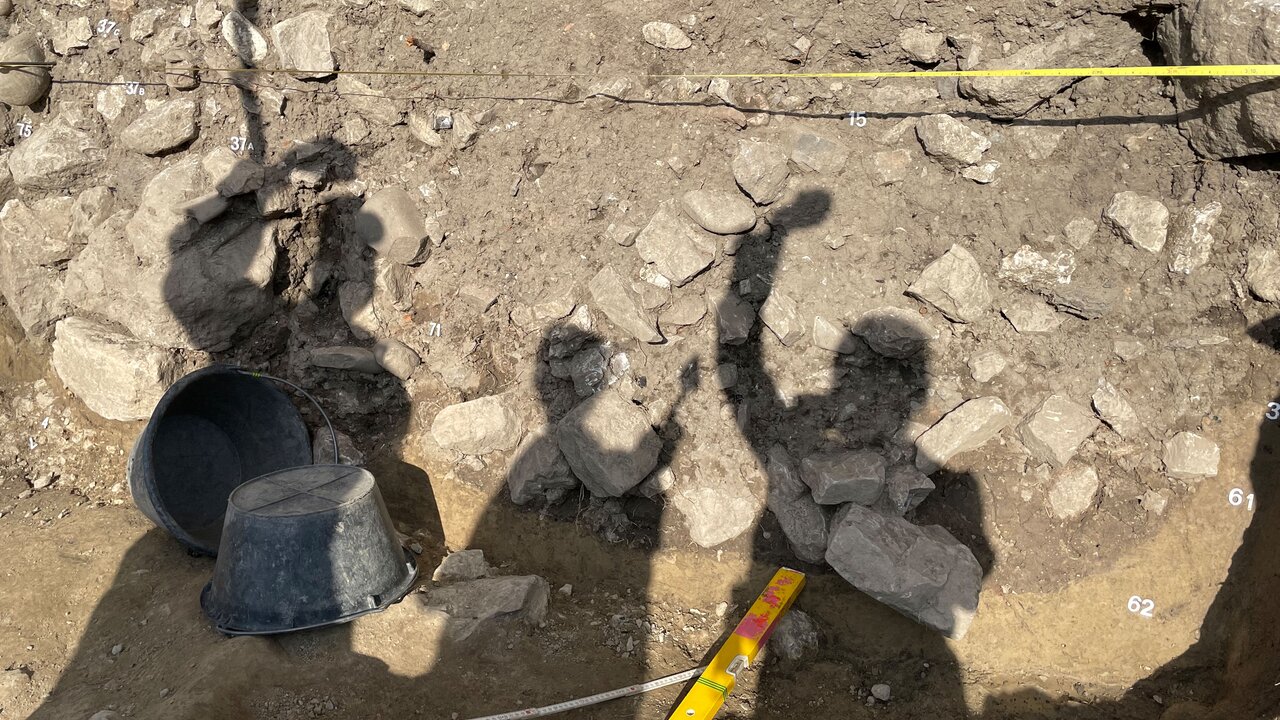Archaeology
The goal of archaeological research is to reconstruct behaviour of past human societies, their ways of life and how people interacted with their environment. To achieve this, archaeology relies on the investigation of physical remains, be it small artefacts or vast structures preserved in the ground. Such evidence of past human activities from at least the last 7000 years is preserved in Liechtenstein's soil in numerous places.
Because of its favourable geographic location on transalpine routes, the territory of present-day Liechtenstein has been inhabited since the Neolithic period, around the 5th millennium BC. The traces contained in the soil, remains of buildings, pits, paths, graves and everyday objects, give insight into the life and imagination of the inhabitants of earlier times.
Contact
-
Dr. Sarah Leib [email protected] +423 236 75 31
-
Mobile +423 799 75 31

Contact
-
Bernd Heinzle [email protected] +423 236 75 34
-
Mobile +423 799 7534
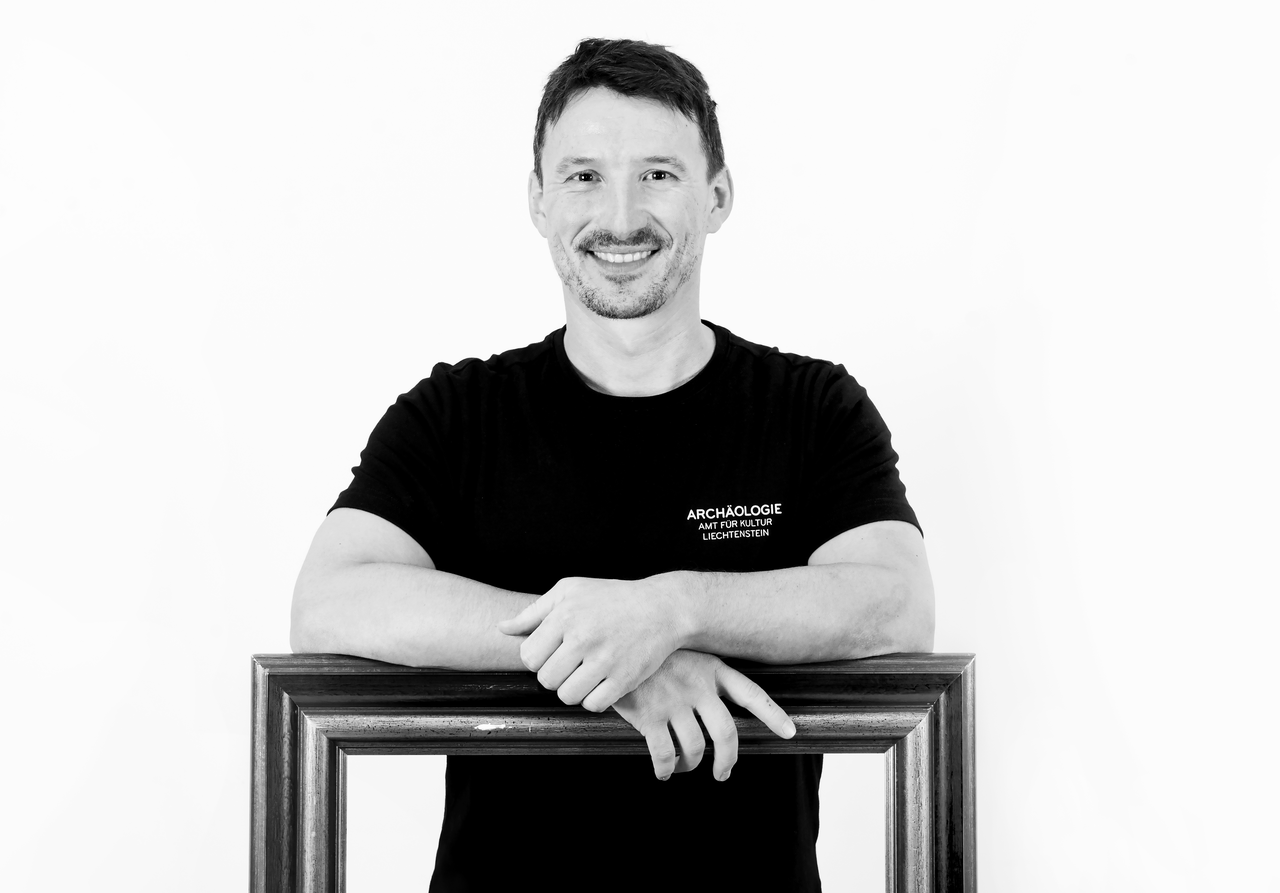
Contact
-
Esther Scheiber [email protected] +423 236 75 33
-
Mobile +423 799 40 77

Contact
-
Philipp Heidegger [email protected] +423 236 75 49
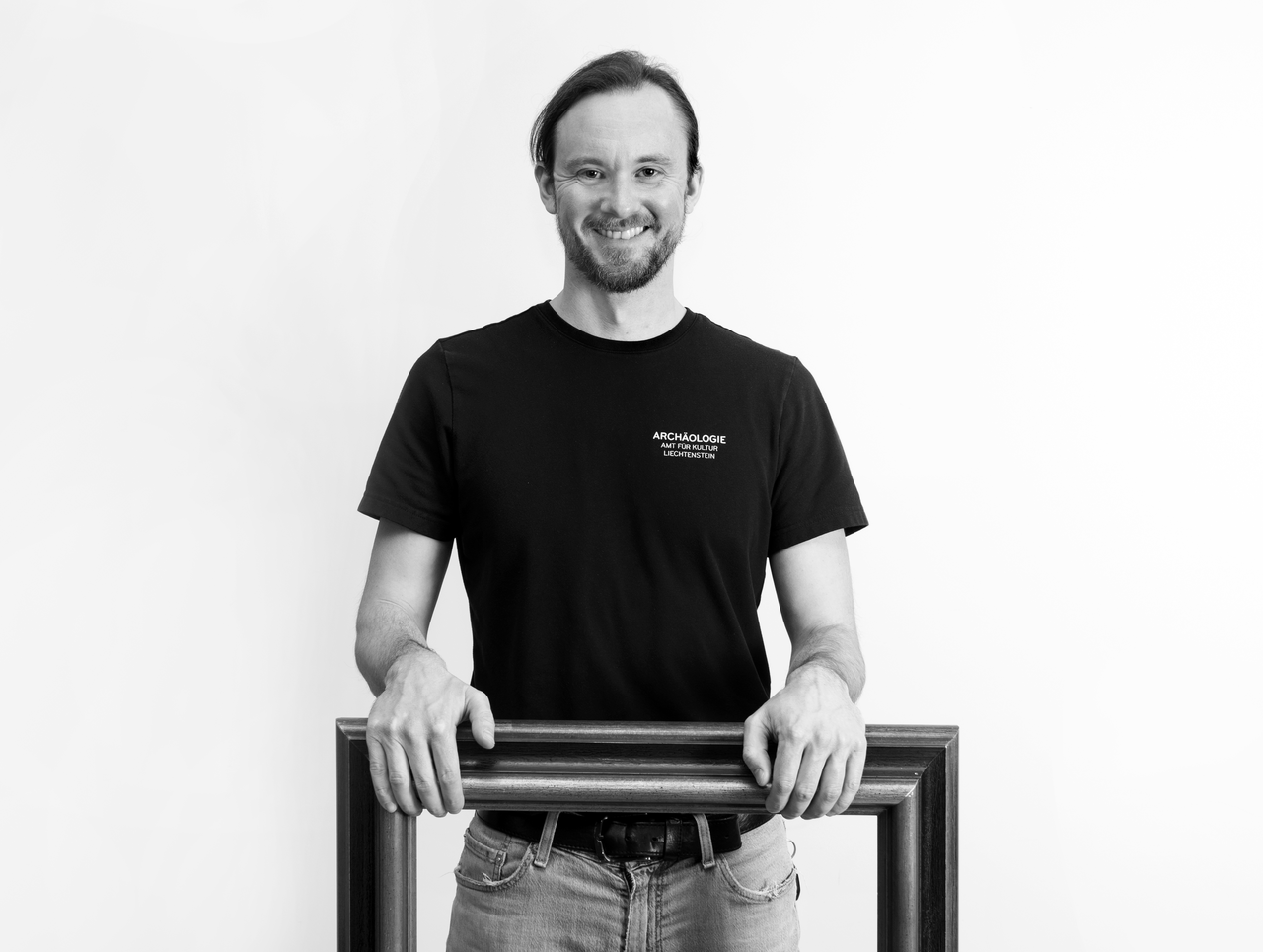
Contact
-
Dr. Christine Cooper [email protected] +423 236 75 35

Contact
-
Kathrin Wüst [email protected] +423 236 75 32
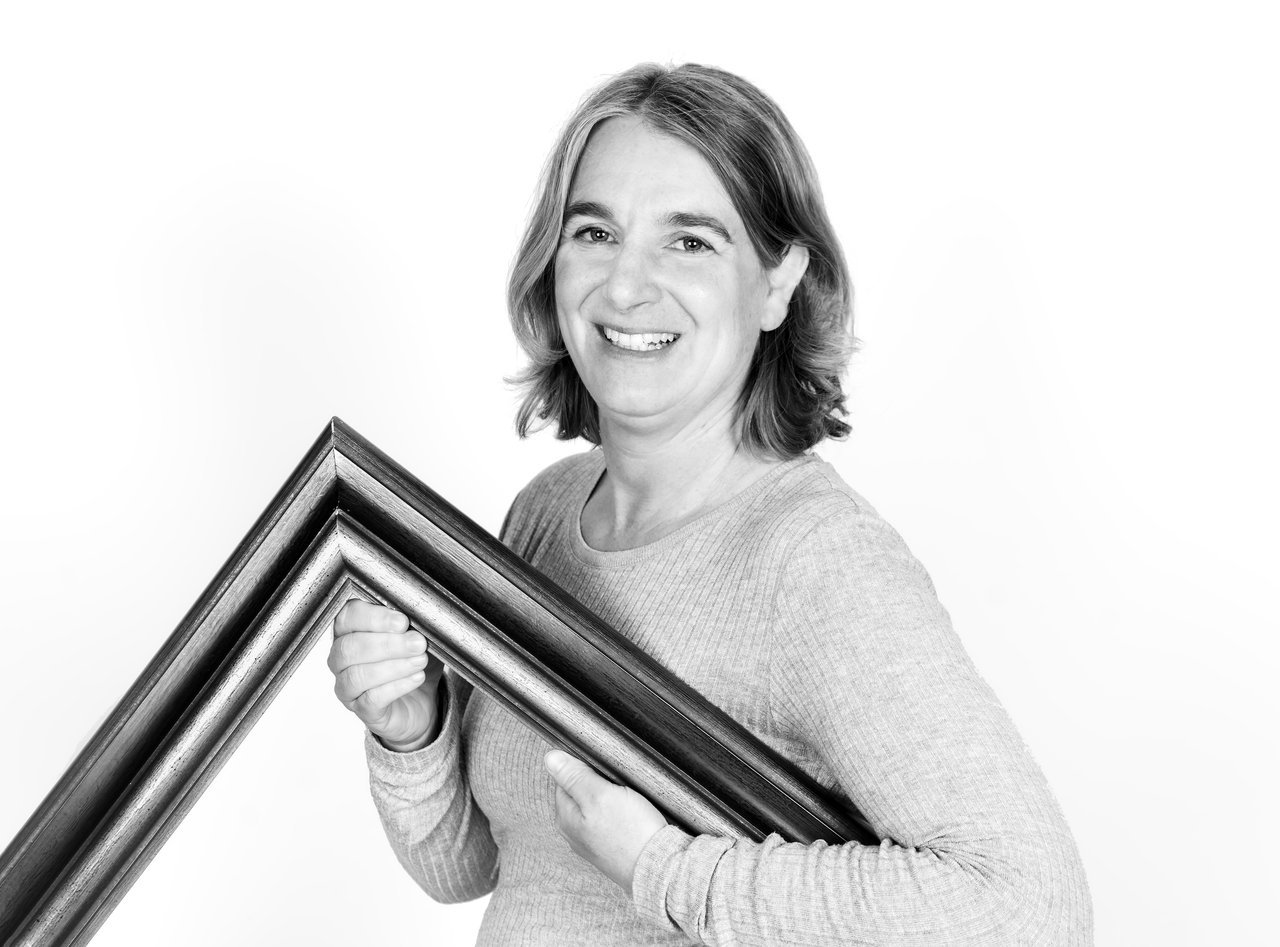
Contact
-
Sarah Reyer [email protected] +423 260 1302
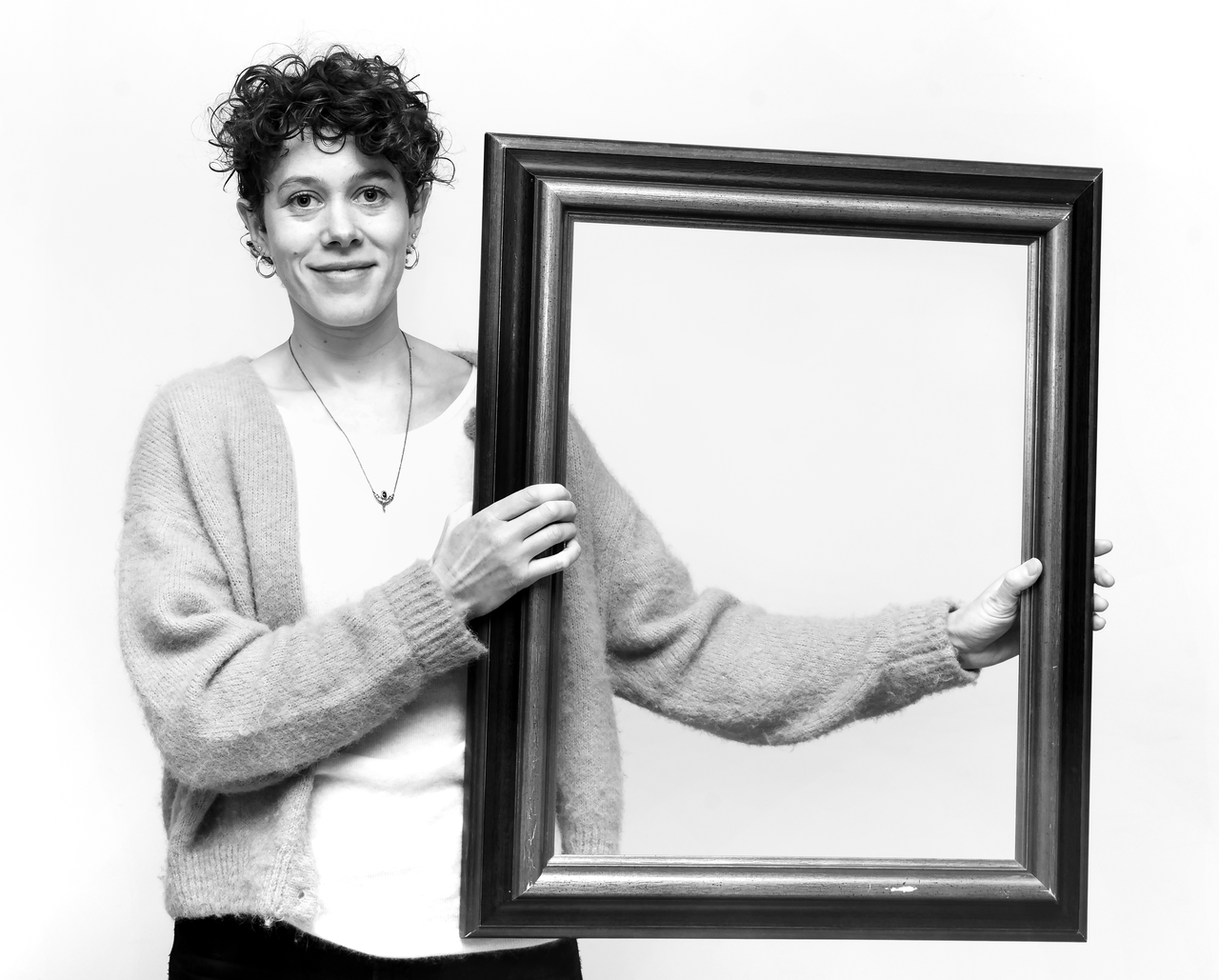
Contact
-
Ulrike Hilby [email protected] +423 260 13 03
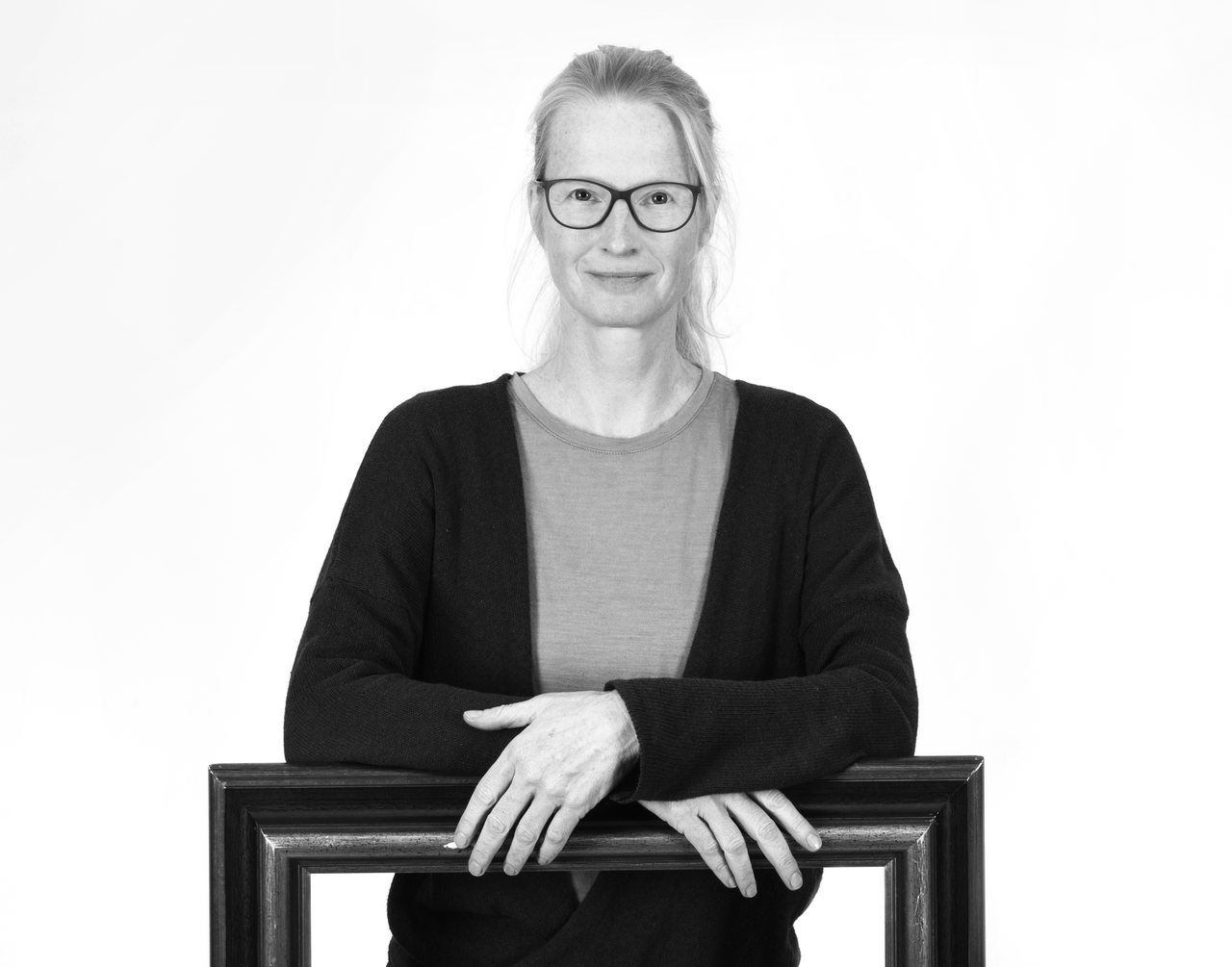
Contact
-
Norman Hilbe [email protected] +423 236 74 21

Liechtenstein is rich in archaeological heritage. Research has been carried out in the country for over 170 years. One of the earliest excavations took place after the village fire of 1849 in Schaan, which led to the discovery of the Roman fort beneath the St. Peter's Church.
Since its foundation in 1901, the Historical Society for the Principality of Liechtenstein has carried out numerous excavations throughout the country. Between 1940 and 1965, multiple discoveries of international significance were made. Important sites, such as the Lutzengüetle, the Schneller and the Borscht on the ridge of the Eschnerberg, but also Gutenberg Castle, were archaeologically investigated for the first time during this period.
Founded in 1998 the archaeology department was tasked with the management of archaeological sites and finds as well as archaeological investigations, which have thus been incorporated into the state administration ever since. Since 2013 the department is a part of the Office of Cultural Affairs.The Law of Protection of Cultural Property ("Kulturgüterschutzgesetz" KGG 2016), encompasses the legal basis.
Contact information
Office of Culture, Archaeology
Peter-Kaiser-Platz 2
P.O. Box 1861
9490 Vaduz
Delivery address and offices
Messinastrasse 5
9495 Triesen
Liechtenstein

